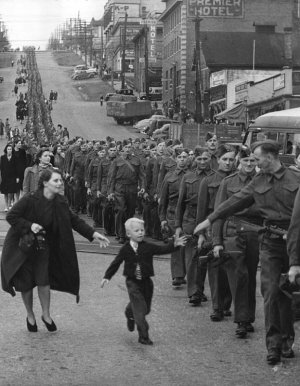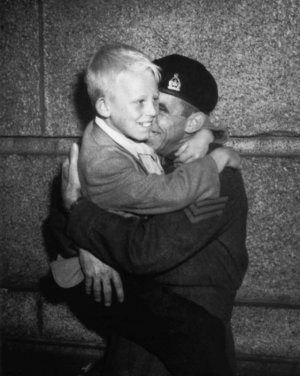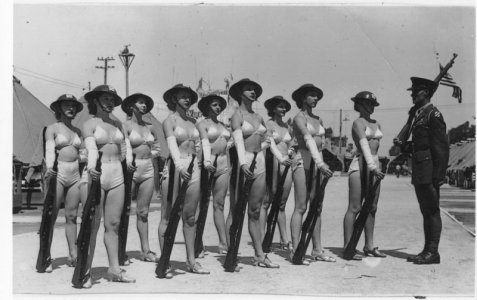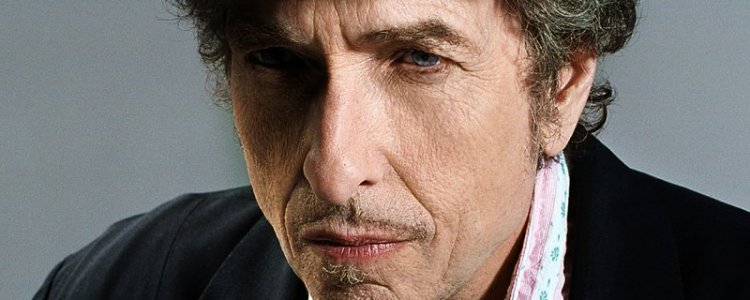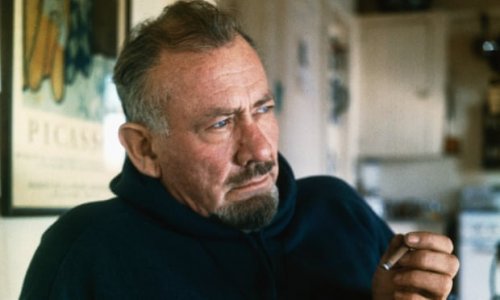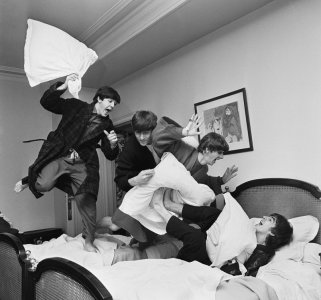RnR
Member
- Location
- Gold Coast, Queensland
20 May 325 – The First Council of Nicaea is formally opened, starting the first ecumenical council of the Christian Church.
The First Council of Nicaea was a council of Christian bishops from Thursday, 20 May 325 to Saturday, 19 June 325 convened in the ancient Bithynian city of Nicaea in Turkey by the Roman Emperor Constantine I. Constantine I organised the council along the lines of the Roman Senate and presided over it, but did not cast any official vote.
Fresco depicting the Council of Nicaea, 16th-century. Sistine Chapel, Vatican city.

Constantine had invited all 1,800 bishops of the Christian church within the Roman Empire, about 1,000 in the east and 800 in the west, but a smaller and unknown number attended. Delegates came from every region of the Roman Empire, including Britain.
This ecumenical council was the first effort to attain consensus in the Church through an assembly representing all of Christendom. Its main accomplishments were settlement of the Christological issue of the divine nature of God the Son and his relationship to God the Father, the construction of the first part of the Nicene Creed, a statement of belief, establishing uniform observance of the date of Easter, and the promulgation of early canon law, a set of rules made by the Church leadership for the government of a Christian organisation or church and its members.
The council introduced twenty new laws including prohibition of self-castration, prohibition of kneeling on Sundays and during the Pentecost, and prohibition of the presence in the house of a cleric of a younger woman who might bring him under suspicion.
The First Council of Nicaea was a council of Christian bishops from Thursday, 20 May 325 to Saturday, 19 June 325 convened in the ancient Bithynian city of Nicaea in Turkey by the Roman Emperor Constantine I. Constantine I organised the council along the lines of the Roman Senate and presided over it, but did not cast any official vote.
Fresco depicting the Council of Nicaea, 16th-century. Sistine Chapel, Vatican city.

Constantine had invited all 1,800 bishops of the Christian church within the Roman Empire, about 1,000 in the east and 800 in the west, but a smaller and unknown number attended. Delegates came from every region of the Roman Empire, including Britain.
This ecumenical council was the first effort to attain consensus in the Church through an assembly representing all of Christendom. Its main accomplishments were settlement of the Christological issue of the divine nature of God the Son and his relationship to God the Father, the construction of the first part of the Nicene Creed, a statement of belief, establishing uniform observance of the date of Easter, and the promulgation of early canon law, a set of rules made by the Church leadership for the government of a Christian organisation or church and its members.
The council introduced twenty new laws including prohibition of self-castration, prohibition of kneeling on Sundays and during the Pentecost, and prohibition of the presence in the house of a cleric of a younger woman who might bring him under suspicion.




